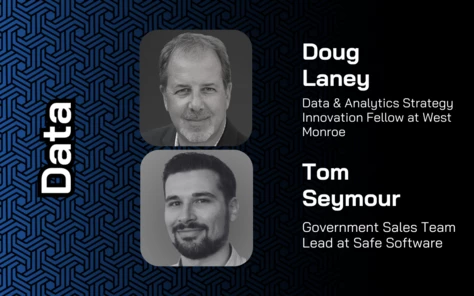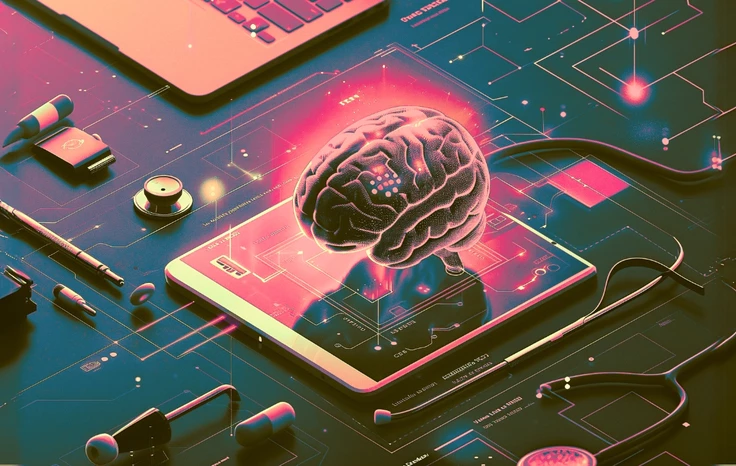What is Spoofing? Definition, Types, Prevention
Andrew Duncan Part 2: Five Ways Business Leaders Can Build Talent for the Future

This article was contributed by Andrew Duncan, Partner and UK Head, Infosys Consulting. If you missed Part 1, click here. For Part 3, click here.
In my last article, I emphasised the importance of embedding intelligence-based capabilities within all facets of our organisations to prepare for future black swan events. This not only includes the increased use of AI and analytics within our operations, but also greater investment in digital talent. We have already seen how digitally-centric, remote working models will challenge our traditional learning paths and onboarding processes. However, as AI becomes more pervasive in the EdTech space, new innovations in online learning have the potential to aid businesses in shaping talent for the future workplace, without relying on in-person training. In this article, I look at what upskilling our employees looks like in the post-COVID-19 landscape.
Establish an “all-purpose” skill set
As the pandemic continues to disrupt operations and objectives, the skills required to maintain business continuity are likely to remain in flux. Consequently, we will need to equip our employees with an all-purpose skill set – one that will be useful no matter how their specific role evolves in the aftermath of the pandemic. Improving and enhancing digital and data literacy will be central to this. We have been thrown into a new era of technology, and businesses that have delayed their journey to digitisation in the past will need to transform quickly. Our employees must be equipped with the skills and the tools that they need to cope with these rapidly scaling initiatives. Equally, we will need to focus on building flexibility and agility within our teams to work faster and better than ever before, matching the dramatic shifts in customer expectations.
Create personalised learning journeys
I expect training in the future to be two things: mobile and personalised. We use our own proprietary digital tools to recreate the best of in-person learning, all of which are cloud-based and mobile first so our employees can access them anytime and anywhere. I’m particularly interested in the use of AI to both virtualise and personalise L&D initiatives – moving away from the one-size-fits-all programmes of the past. I anticipate increased development and investment in training platforms that learn your strengths, weaknesses, learning style and working preferences. These insights can be used to automatically suggest suitable training courses and modules to match your role, as well as adapting the way your training is delivered. With these tools, organisations have the ability to automate employee training programmes, saving significant time and costs in a difficult economic climate.
Create a network of learners
As our teams participate in remote training from home, we should encourage open learning and peer-to-peer knowledge sharing with other employees. I’ve personally witnessed the positive impact that ‘overcommunication’ has on maintaining a strong and open culture over the past few months, from virtual coffee breaks to regular ‘Lunch and Learn’ sessions across all practices. I would encourage Chief Learning Officers or their counterparts to establish an ecosystem of ‘learning partners’ within the organisation, where employees can benefit from regular feedback, continued dialogue, and collaborative decision making.
Consider virtual or augmented reality
Virtual reality (VR) and augmented reality (AR) tools are already widespread in the EdTech space, but have yet to gain the same traction in the business community. However, VR has extensive applications for remotely upskilling employees. Developing presentation skills, something which would typically rely on in-person training, can now be achieved using virtual meeting rooms, populated with realistic elements like lighting distractions and background audience noise. Solutions like these can also give feedback on interpersonal elements like pace of voice, number of hesitation words and even eye-contact. I also expect these technologies to hasten the development of virtual learning labs, where workers use the virtual environment to create radical new solutions to problems or upgrades to existing services or products.
Reevaluate success measures
With an evolving workforce and workplace comes a shift in defining, measuring and incentivising success. Consequently, there may be a readjustment in productivity measures and personal KPIs. Lag indicators and traditional feedback mechanisms will likely be replaced with outcome-based performance metrics and measured personal development. For example, rather than looking at time spent in the office, leaders can track the changing digital footprint of someone’s skillset evolving over time. Transparency is key here; business leaders should be clear about the new performance metrics and revised targets, so their team can anticipate their role in the COVID-19 recovery. Many employees are being asked to change direction; don’t ask them to do it blindly.
Having access to digital skills will be a necessity in the data-led, analytics-driven organisation of the future. While this requires business leaders to radically reorient and revise their training programmes and technology, I believe that firms that invest in their people will come out of the crisis stronger and better able to win in the new and evolving market.
























